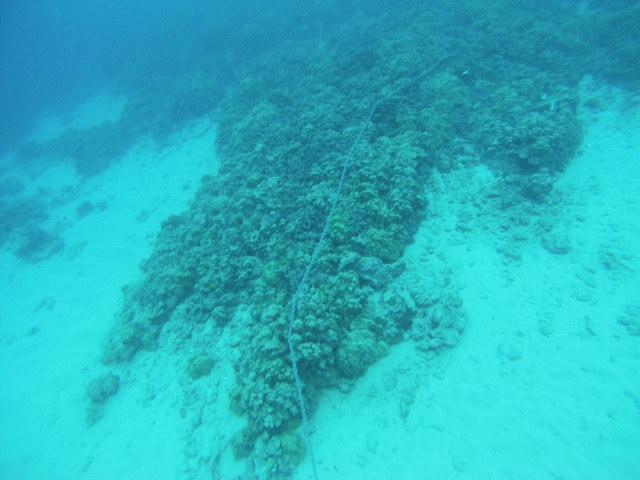
Accidental Coral Crunching
On May 2, Hurst Lehmann, 59, of Germany, having sailed his 47-ft boat across the Pacific from Mexico, sought a berth at Honokohau Small Boat Harbor on the lee side of the Big Island. The harbormaster told him all the slips were reserved for local boats and directed him to Kailua Bay. Charts and the Hawaiian Cruising Guide confirmed that the bay was a designated anchorage. As there were no mooring buoys in the bay except for those belonging to local boats, Lehmann anchored in sand. But the winds shifted, as they often do in the lee of the Big Island, which resulted in about half of the boat’s chain dragging and coming to rest over some coral.

It just so happened that a local law had been passed the day before that amended penalties for maliciously damaging coral. Before May 1 the maximum fine was $1,000 per incident. As of May 1 the maximum fine was $1,000 per square meter of damaged coral. It also just so happened that swimmer Pam Miller and friends noticed Lehmann’s chain lying on a bed of coral. Most coincidentally of all, Miller had an underwater camera with her. She took photos of the alleged crime. Somehow these photos ended up in the possession of DOCARE, a division of Hawaii’s Department of Land and Natural Resources. That agency investigated and charged Lehmann.
Reports of what happened next are conflicting. One report says that Deputy Prosecuting Attorney Terri Fujioka-Lilley asked for a $1,000 fine. District Court Judge Joseph P. Florendo then offered Lehmann the option of going to a full trial so he could plead not guilty on one or more of the following grounds: 1) He had been directed to that location by the harbormaster. 2) He had taken all reasonable precautions to make sure his boat was anchored in sand. And, 3) The Division of Boating & Ocean Recreation was negligent in not providing moorings in the bay for transient vessels. For Lehmann, the downside of going to trial was that it would have been very expensive, as he probably would have needed an interpreter as well as a lawyer, and that it would have taken up to three months.
The other version is that Fujioka-Lilly recommended Florendo impose only the minimum for the conviction, because "Lehmann was very apologetic" and it was his first offense. Judge Florendo offered Lehmann the opportunity to pay a $100 fine, plus $30 in court costs. With his crew already arriving for a long-planned trip to Alaska, Lehmann came up with $130 and took off for Alaska. Mahalo.
What, you might wonder, about the case of John Berg, a blind sailor whose sloop Seaquel ran aground near Kailua-Kona on May 18? Investigators didn’t find any damage to the reef at all. It may have helped that the grounding came just a few days after a full moon and near high tide, with high surf, and that the reef there is in relatively deep water.
